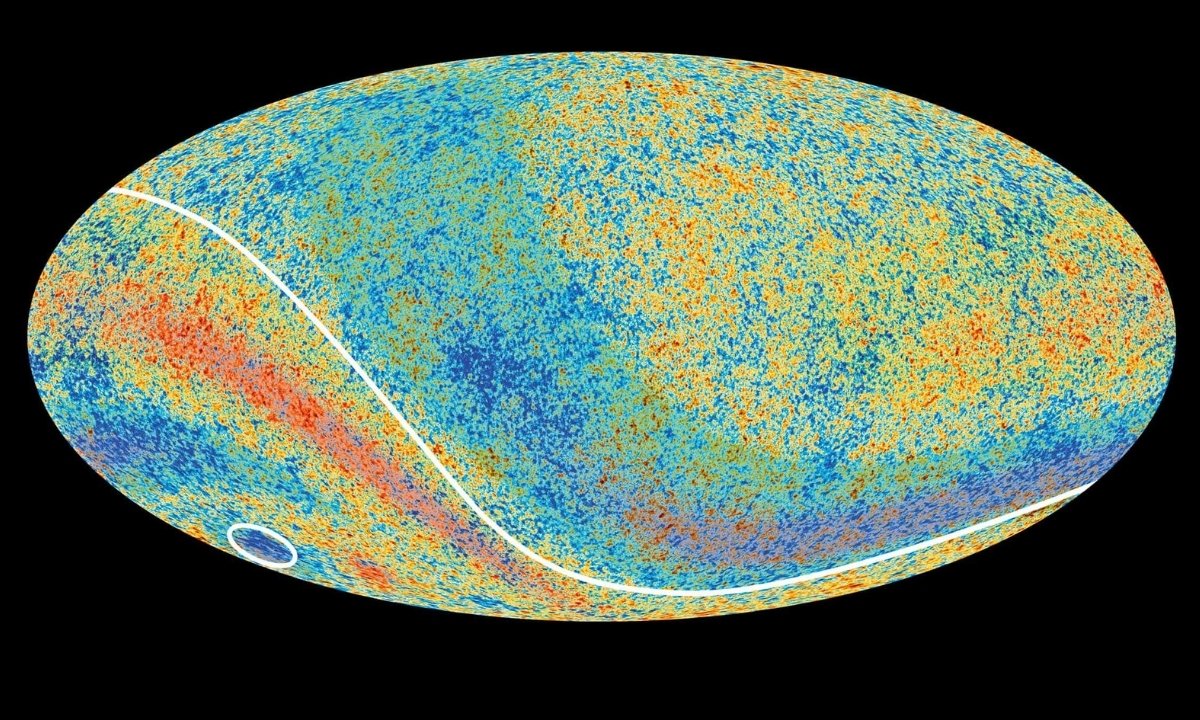
Non-Gaussianity might sound like a complex term, but it's a fascinating concept in cosmology and statistics. Non-Gaussianity refers to deviations from a normal distribution, which is the classic bell curve most people recognize. In the universe, this concept helps scientists understand the early stages of cosmic structure formation. Why does this matter? Non-Gaussianity can reveal hidden patterns in cosmic microwave background radiation, offering clues about the universe's birth and evolution. It's not just for astrophysicists, though. Economists, engineers, and data scientists also find non-Gaussianity useful for analyzing financial markets, signal processing, and more. Ready to dive into 35 intriguing facts about non-Gaussianity? Let's get started!
What is Non-Gaussianity?
Non-Gaussianity refers to the statistical properties of a dataset that deviate from a normal distribution. In simpler terms, it's when data doesn't follow the classic bell curve. This concept is crucial in various fields like cosmology, finance, and signal processing.
- Non-Gaussianity helps scientists understand the early universe's structure.
- It plays a role in identifying anomalies in financial markets.
- Signal processing uses non-Gaussianity to improve data accuracy.
Importance in Cosmology
In cosmology, non-Gaussianity provides insights into the universe's formation and evolution. Researchers look for these deviations to test theories about the Big Bang and cosmic inflation.
- Non-Gaussianity can reveal information about the initial conditions of the universe.
- It helps in distinguishing between different models of cosmic inflation.
- The Planck satellite mission has provided valuable data on non-Gaussianity.
Applications in Finance
Financial markets are complex and often exhibit non-Gaussian behavior. Understanding these deviations can help in risk management and investment strategies.
- Non-Gaussianity can indicate market bubbles or crashes.
- It aids in the development of more accurate financial models.
- High-frequency trading algorithms often account for non-Gaussianity.
Signal Processing and Non-Gaussianity
Signal processing involves analyzing and manipulating signals to improve their quality. Non-Gaussianity helps in identifying and correcting errors in these signals.
- It improves the accuracy of communication systems.
- Non-Gaussianity helps in noise reduction techniques.
- It is used in medical imaging to enhance image quality.
Measuring Non-Gaussianity
Several statistical methods measure non-Gaussianity. These methods help quantify how much a dataset deviates from a normal distribution.
- Skewness measures the asymmetry of data.
- Kurtosis quantifies the "tailedness" of the data distribution.
- Higher-order moments provide more detailed information about non-Gaussianity.
Non-Gaussianity in Natural Phenomena
Natural phenomena often exhibit non-Gaussian behavior. Understanding these patterns can help in predicting and mitigating natural disasters.
- Earthquake magnitudes follow a non-Gaussian distribution.
- Weather patterns often show non-Gaussian characteristics.
- Non-Gaussianity helps in modeling climate change effects.
Challenges in Studying Non-Gaussianity
Studying non-Gaussianity comes with its own set of challenges. These challenges often involve complex mathematical computations and large datasets.
- High computational power is required for accurate analysis.
- Large datasets can be difficult to manage and interpret.
- Noise in data can obscure non-Gaussian signals.
Non-Gaussianity in Machine Learning
Machine learning algorithms benefit from understanding non-Gaussianity. It helps in improving the accuracy and reliability of these algorithms.
- Non-Gaussianity aids in anomaly detection.
- It improves the performance of clustering algorithms.
- Neural networks can be optimized using non-Gaussianity.
Non-Gaussianity in Audio Processing
Audio signals often exhibit non-Gaussian behavior. Understanding this can help in improving sound quality and reducing noise.
- Non-Gaussianity helps in echo cancellation.
- It improves the quality of voice recognition systems.
- Audio compression techniques benefit from non-Gaussian analysis.
Non-Gaussianity in Image Processing
Image processing involves enhancing and analyzing images. Non-Gaussianity plays a crucial role in improving image quality and extracting meaningful information.
- It helps in edge detection techniques.
- Non-Gaussianity improves image segmentation.
- It aids in the removal of image artifacts.
Future Research Directions
Research on non-Gaussianity is ongoing and continues to evolve. Future studies aim to uncover more applications and improve existing methods.
- Quantum computing may offer new ways to analyze non-Gaussianity.
- Advances in AI could lead to better non-Gaussian models.
- Interdisciplinary research will expand the understanding of non-Gaussianity.
Real-World Examples
Real-world examples help illustrate the importance of non-Gaussianity in various fields.
- Stock market crashes often exhibit non-Gaussian behavior.
- Cosmic microwave background radiation shows non-Gaussian patterns.
Non-Gaussianity: A Fascinating Phenomenon
Non-Gaussianity is more than just a complex term. It plays a crucial role in fields like cosmology, finance, and signal processing. Understanding it helps scientists decode the universe's secrets, economists predict market trends, and engineers improve communication systems.
From the cosmic microwave background to stock market fluctuations, non-Gaussianity offers insights that Gaussian models can't. Its presence indicates anomalies, extreme events, or underlying structures that standard models miss.
Grasping non-Gaussianity isn't just for experts. Anyone curious about how the world works can appreciate its significance. Whether you're a student, a professional, or just a knowledge seeker, knowing about non-Gaussianity enriches your understanding of complex systems.
So next time you encounter a pattern that seems out of the ordinary, remember non-Gaussianity might be at play. It's a reminder that the world is full of surprises waiting to be understood.
Was this page helpful?
Our commitment to delivering trustworthy and engaging content is at the heart of what we do. Each fact on our site is contributed by real users like you, bringing a wealth of diverse insights and information. To ensure the highest standards of accuracy and reliability, our dedicated editors meticulously review each submission. This process guarantees that the facts we share are not only fascinating but also credible. Trust in our commitment to quality and authenticity as you explore and learn with us.
